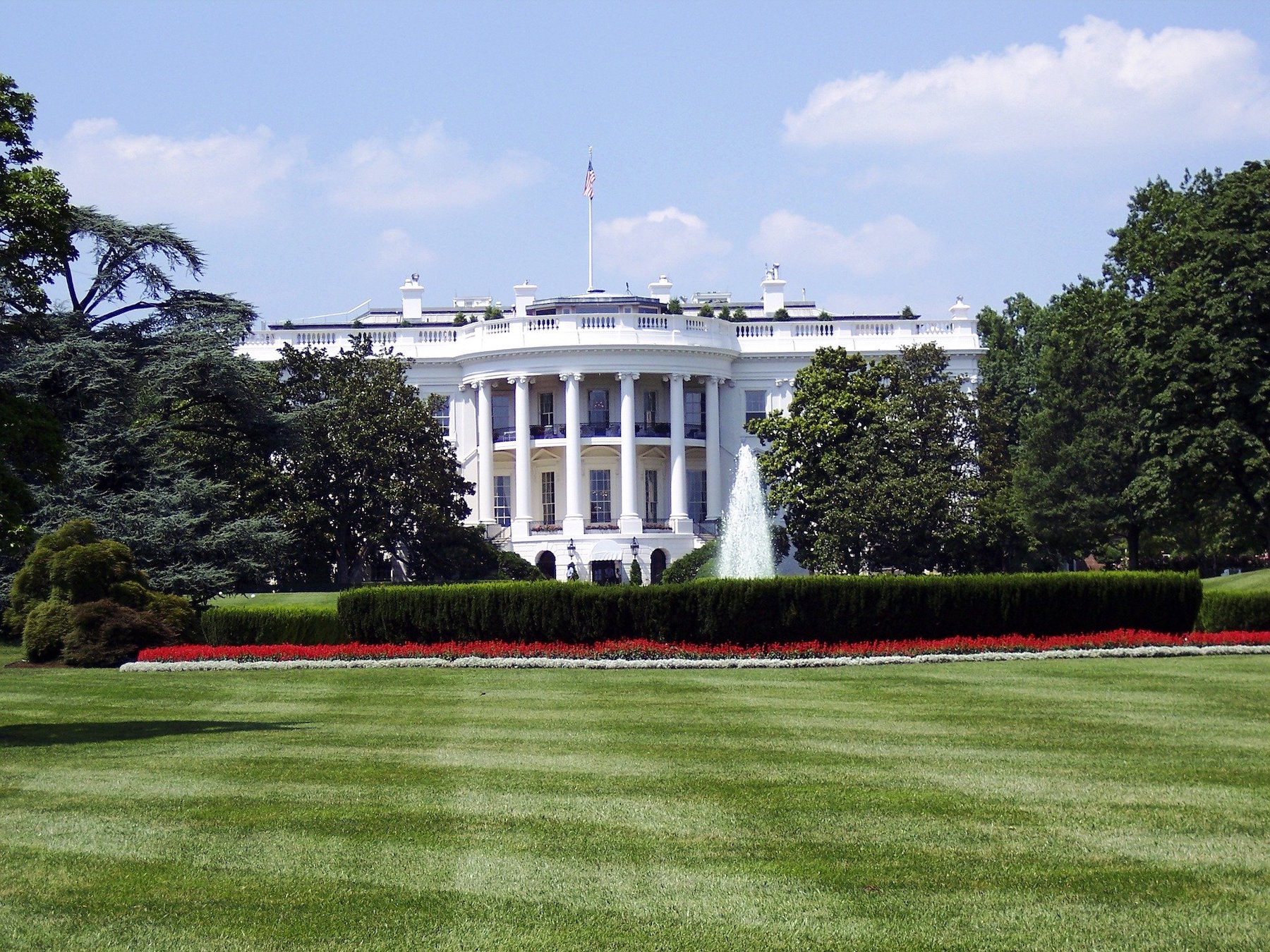The Department of Energy’s recently released new energy efficiency standards for federal buildings.
Starting in April 2023, all new federal building projects and major retrofits will be constructed to meet 2021 International Energy Conservation Code and the 2019 ASHRAE Standard 90.1 codes. The new standards are expected to save $4.2 million in operating costs in the first year.
The federal government is the largest building owner and manager in the U.S., with a portfolio of more than 350,000 buildings. Those structures contain more than 3 billion sf of space.
The 2019 edition of Standard 90.1 includes more than 100 energy-focused updates of the previous edition published in 2016. The 2021 IECC incorporates significant changes the 2018 edition, including:
· Increased insulation requirements and reduced fenestration U-factors and solar heat gain coefficients.
· Updated mechanical equipment efficiency requirements, new provisions for data centers, and plant growth lighting.
· Increased lighting efficacy and decreased lighting power density requirements.
Related Stories
Codes and Standards | May 1, 2020
OSHA says most employers don’t have to track worker COVID-19 infections
Agency clarifies responsibility for contractors, others.
Codes and Standards | Apr 29, 2020
New York City tightens restrictions on construction during pandemic
Dept. of Buildings has issued more than 100 violations and stop-work orders.
Codes and Standards | Apr 28, 2020
ASHRAE, WELL panels to tackle revising standards to limit spread of viruses in buildings
Will examine ways to reduce infectious threats through building designs and operations.
Codes and Standards | Apr 24, 2020
Dept. of Labor issues guidance for respiratory protection during N95 shortage
Elastomeric respirators or powered, air-purifying respirators, and expired N95s are allowable alternatives
Codes and Standards | Apr 23, 2020
Group will create ecosystem for smart building data
Seven Finnish companies aim to integrate all technical systems into a single platform.
Codes and Standards | Apr 23, 2020
COVID-19 epidemic demonstrates value of flexible hospital space
Some rooms being repurposed for ICU care.
Codes and Standards | Apr 15, 2020
Embodied carbon footprint can be reduced by using conventional materials
High-SCM concrete, and cellulose and wood fiber insulation among the greener alternatives.
Coronavirus | Apr 13, 2020
COVID-19 alert: City conducts a 'virtual building inspection' to allow Starbucks and bank to open
Bothell, Wash., issues a certificate of occupancy to developer after inspecting the property online.
Codes and Standards | Apr 13, 2020
Design competition focuses on reducing urban heat island effect
Cool Abu Dhabi aims to transform urban life in the Middle East.
Codes and Standards | Apr 13, 2020
What building science says about reducing COVID-19 transmission
Impact of temperature and relative humidity is unclear.

















